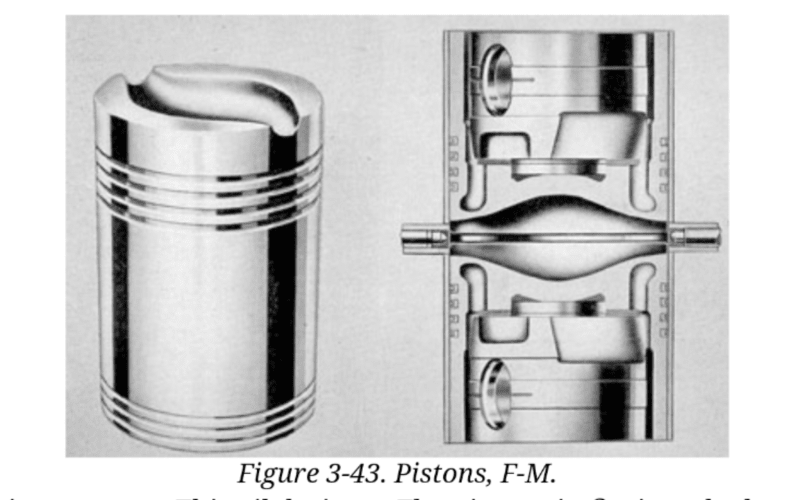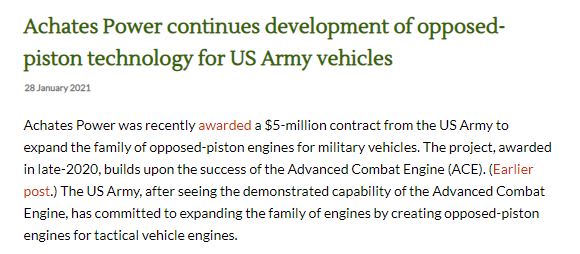Having spent 3 decades dealing with the US Military, they are not so much risk averse as they are mission focused, sometimes regardless of financial risk.
They are also driven by the Senate and the House to buy things the military does not want in order for politicians to buy votes in their states and districts.
The main contributing factor to old tech isn't the delay to production. Our products, including high-density test equipment, depended on using established parts with known histories and likely future supplies. That alone puts them 3-5 years after initial release for initial consideration. Choosing a part that seems promising and fails in the market is a killer. Mostly we went from prototype start to production start in about a year, often overlapping the end of qualification with initial production.
Aircraft and ships are going to be the exception, but the military doesn't have such long production horizons for ground vehicles and test equipment; at least most of the horizon is spent internally generating requirements and arguing for funding.
Since this engine concept was used in production vehicles starting nearly a century ago and was generally abandoned in favor of valved 1 piston per cylinder engines I wonder what previous problem is being overcome that caused them to fall from favor previously. OTOH I keep seeing major announcements on gCaptain over sailing cargo vessels.
I'll be sketching up some horse-cart designs if this continues. Carbon fiber and ceramic bearings this time.


